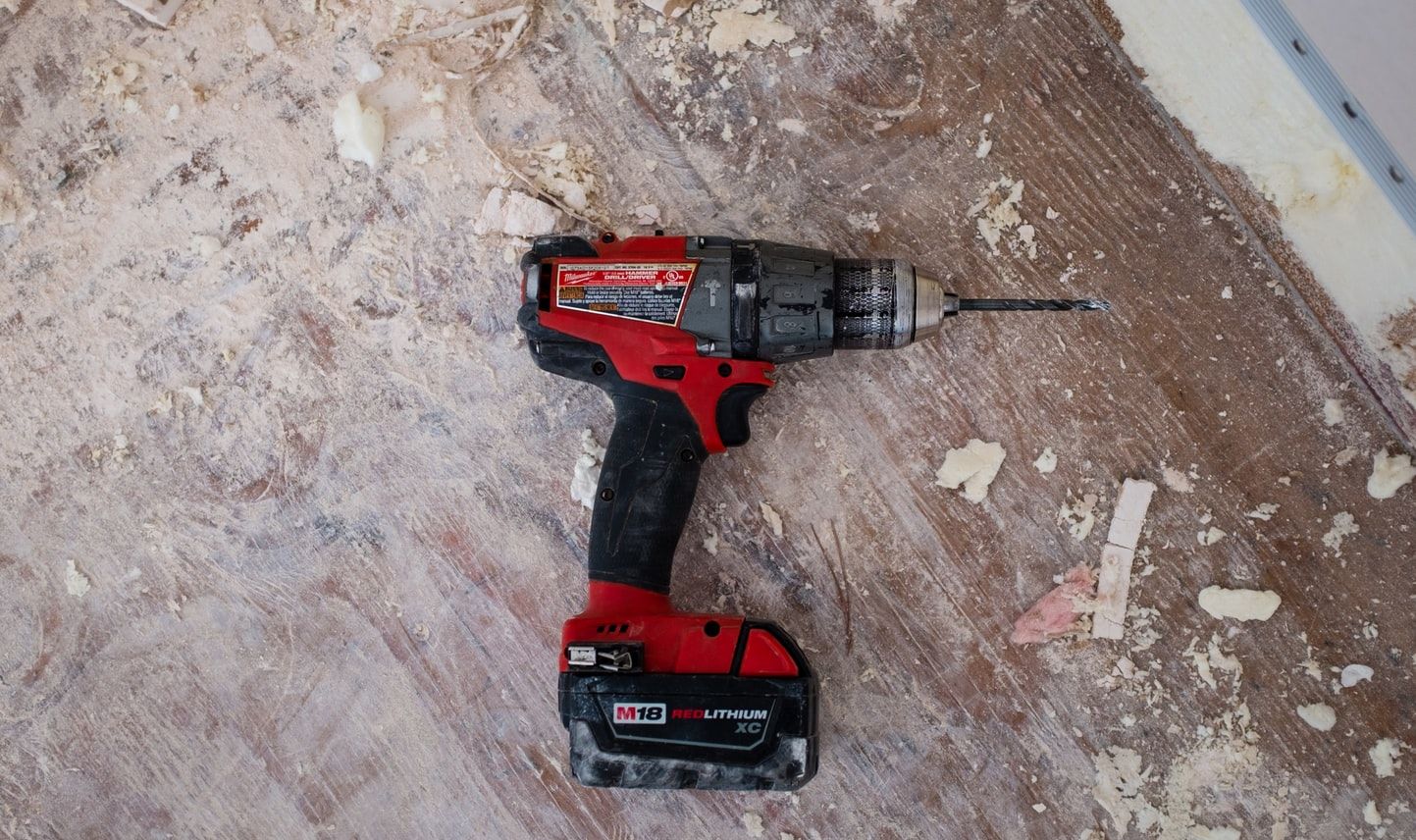Power tools are problem solvers of numerous renovation-related situations, and it is easy to describe them as “pure power in a small package”. But keep in mind that power tools are about as efficient as the user. An inexperienced handyman can very well ruin an entire project due to their incompetence— something that is not exclusive to skill alone. For example, it is safe to say that no one in their right mind would think of using a power tool underwater unless the advancement of technology permits it. While there are ways of making a power tool waterproof, it is still inadvisable for submerged use.
In relation to this, it is urged that everyone observe general safety precautions when using power tools. Reading the manual is a good example, just to thoroughly learn a tool’s limitations. Doing so will deter people from using it for jobs that it cannot handle, such as using a low-end device to drill through durable materials. Just because you feel the intense power vibrating in your hands does not mean it is capable of finishing every job flawlessly. Patience is a valued virtue in these kinds of situations and messing up from carelessness is a repercussion you cannot afford.
Use your tools with care, without abuse nor burden, and it will do wonders for you. For general maintenance, ensure the utmost cleanliness for it. Dirt will prevent it from operating at its best while putting it in danger of overheating. Check for parts that feel rugged and assess its condition. If it just needs a bit of lubrication to get it going, then it’s good news. If the part(s) in question are worn down, then no doubt spare parts are in order. If neither is applicable and the power tool won’t start, consider buying a new one or get a repair expert to have a go at it.
A power tool is like the distant relative of an electric mixer, and much like a cook, the tool needs to be handled properly in both form and grip strength. This goes for lending the tool to another person as well. If you trust it in their hands, then there’s no problem. But if you think that the person is inexperienced or reckless, then take the time to teach them the proper way of using it, for the tool’s sake and their personal safety. Owners should also check their tools before using or lending it, as a broken power tool is as good as a broken hammer held together with duct tape. It is a ticking time bomb ready to cause more problems than its intended use. So don’t take a single malfunction for granted, even if you think it’s a minor issue.
There are different kinds of power tools available in the market, with power drills and power saws being the most popular. There is even a multitool variety that allows for several accessory attachments. Most of them are available in either corded or battery-powered versions, though the former is susceptible to the dangers of faulty power outlets and/or extension cords. A power surge can kill a power tool in one go, and the intensity of it might cause a more severe reaction. Check if the tool you’re using or buying is compatible with the set voltage for each power outlet. Putting the tool aside, take the time to assess your work area in general for hazards. Power outlets, accident-prone places, spillages and the likes are just some of the things you need to look out for.
Generally, power tools are something you should not take for granted. They are capable of great power, so owners must be responsible for the general use. This is important in the context of performance and health. And just because a broken power tool can be used doesn’t mean it should be used. Peace of mind, both while working and when the project is finished, is priceless for every builder.
![]()








